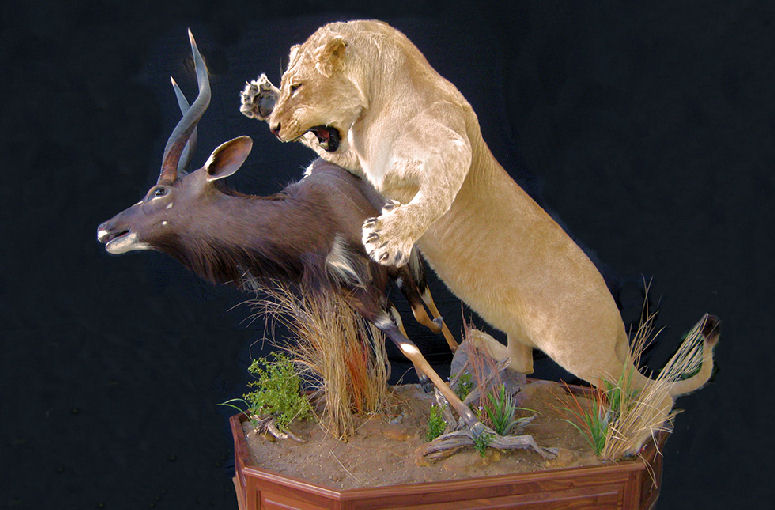Monthly Archives: April 2014
103.WHAT WAS THE MAMMOTH?
When we use the word “mammoth’ today, we mean something that is huge or colossal. But there actually was an animal that lived long ago that is called the “mammoth.” It was a kind of elephant that is now extinct and that lived in many different parts of the world during the Stone Age.
Even though this ancient type of elephant is called the “mammoth,” it was about the same size as the Indian elephant that exists today. It had a kind of pointed skull and very unusual tusks curved in a spiral with the tips pointing to each other.
102.WHAT IS THE TEMPERATURE OF ANIMALS?
As we move about from place to place, we may feel changes in the temperature around us, but we don’t expect the temperature of our body itself to change. And it doesn’t. We are classified as “homeothermic,” and in our class are included all warmblooded animals, all mammals, domestic animals, and birds.
But there are animals whose body temperature does change with the temperature around them. They are called “poikilothermic,” and they include insects, snakes, lizards, tortoises, frogs, and fishes. The temperature tends to be slightly lower than the temperature of their environment. They are only Ants animals.
101.WHAT IS TAXIDERMY?
The animals you see on exhibit in natural-history museums are the product of taxidermy. So are the reptiles and birds, and the fish that proud fishermen display on their walls. We think of them as “stuffed animals,” and in most cases, this is just what taxidermy involves.
Taxidermy is the art of mounting birds, animals, fish, and reptiles. It has been practiced for about 300 years, and the earliest “stuffed animal” in existence is a rhinoceros that was mounted in the sixteenth century.




